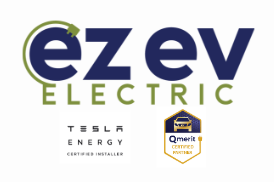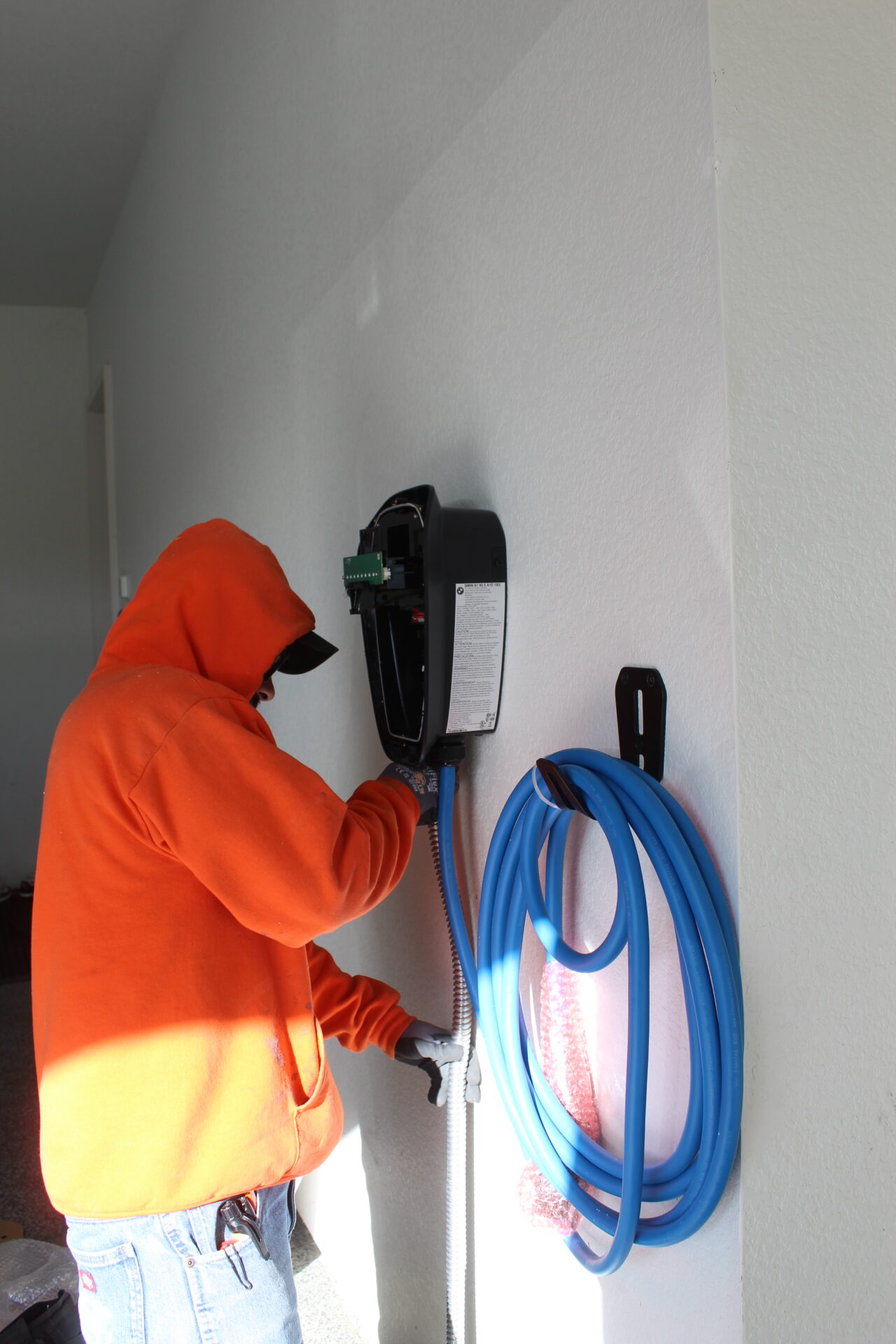As the world shifts towards cleaner and more sustainable transportation options, electric vehicles (EVs) have gained immense popularity. With this surge in demand, advancements in charging technology have become crucial to make EVs convenient and accessible for everyone. Two significant types of chargers are Level 3 and Level 2 chargers, each offering distinct advantages for EV users. Let’s delve into the differences between these two charging levels and explore how EZ EV Electric is making residential and commercial charging solutions a breeze with their customer-centric approach.
Level 3 Chargers: Speedy but Specific

Level 3 chargers, often referred to as DC fast chargers, are the speedsters of the EV charging world. They can provide an impressive amount of power to your EV, allowing you to recharge your vehicle’s battery in a fraction of the time compared to Level 2 chargers. These chargers are commonly found along highways, at public charging stations, and at EV dealerships. They are designed for drivers who need a quick top-up during a long journey or those who want to minimize waiting time.
One key difference between Level 3 and Level 2 chargers lies in the voltage and amperage they deliver. Level 3 chargers provide direct current (DC) power at a high voltage, enabling a rapid energy transfer. However, due to their higher power output and specialized technology, Level 3 chargers tend to be more expensive to install and maintain, making them less common in residential settings.
Level 2 Chargers: Versatile and Accessible

On the other hand, Level 2 chargers are the workhorses of everyday charging needs. They deliver alternating current (AC) power at a moderate rate, suitable for overnight charging at home or during an extended stay at a location with a charging station. Level 2 chargers are more widely available and can be installed in various settings, including homes, offices, parking lots, and public areas.
One of the main advantages of Level 2 chargers is their versatility. They can be installed with relative ease, and their affordability makes them a practical choice for both residential and commercial EV charging solutions. Although Level 2 charging takes longer than Level 3 charging, it can still provide a significant charge within a few hours, making it a convenient option for most EV owners.
EZ EV Electric: Simplifying EV Charging Solutions
When it comes to installing EV charging solutions, EZ EV Electric stands out as a leader in providing tailored and efficient services. Whether you need a Level 2 charger for your home or a comprehensive charging infrastructure for your business, EZ EV Electric has you covered. With their expertise and dedication to customer satisfaction, they ensure that each installation meets the specific needs of their clients.
Residential customers benefit from EZ EV Electric’s seamless installation process, which takes into account your home’s electrical setup and your charging requirements. They offer a range of Level 2 charging options that balance speed, convenience, and cost-effectiveness, giving you the peace of mind that your EV will always be ready to hit the road.
For commercial clients, EZ EV Electric designs and installs charging solutions that cater to the unique demands of businesses, including shopping centers, workplaces, and public spaces. Their team works closely with clients to understand their needs and provide a comprehensive plan that ensures efficient charging infrastructure and a positive experience for EV users.

In conclusion, the difference between Level 3 and Level 2 chargers lies in their charging speed, voltage, and application. While Level 3 chargers are ideal for quick top-ups during long journeys, Level 2 chargers offer versatility and accessibility for everyday charging needs. EZ EV Electric takes these differences into account, offering customized solutions for both residential and commercial clients, ensuring that EV owners can charge their vehicles conveniently and efficiently while contributing to a greener future.


